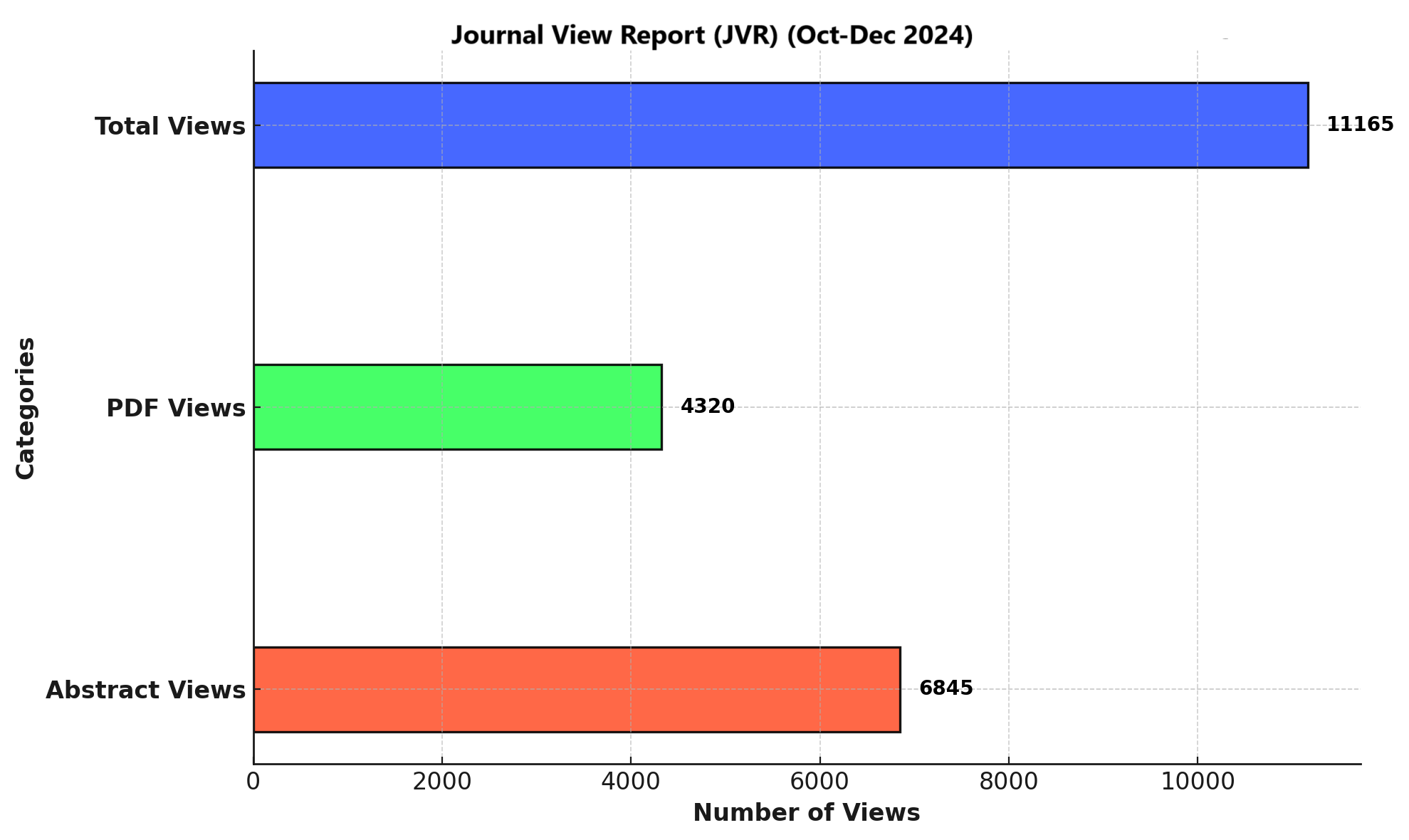FREQUENCY OF PULMONARY HYPERTENSION IN PATIENTS WITH CHRONIC OBSTRUCTIVE PULMONARY DISEASE PRESENTING AT TERTIARY CARE HOSPITAL
DOI:
https://doi.org/10.71000/b5ky7h76Keywords:
Chronic obstructive pulmonary disease, cross-sectional studies, echocardiography, health literacy, pulmonary hypertension, smoking, socioeconomic factorsAbstract
Background: Chronic obstructive pulmonary disease (COPD) is a progressive respiratory disorder frequently complicated by pulmonary hypertension (PH), a condition associated with increased morbidity and mortality. PH in COPD results from chronic hypoxia and vascular remodeling, potentially leading to right heart failure. The prevalence of PH varies widely among COPD patients, influenced by disease severity, diagnostic methods, and regional factors. Identifying the burden of PH in COPD is essential for timely intervention and improved clinical outcomes.
Objective: To assess the frequency of pulmonary hypertension in patients with chronic obstructive pulmonary disease presenting at a tertiary care hospital.
Methods: A cross-sectional study was conducted in the Department of Pulmonology, Saidu Group of Teaching Hospital, Swat, from 14 August 2024 to 14 February 2025. A total of 149 patients aged 30 to 70 years, with spirometry-confirmed COPD (FEV₁ <80% predicted or FEV₁/FVC <70%), were enrolled through consecutive non-probability sampling. Patients with ischemic heart disease, asthma, collagen vascular disease, or chronic liver disease were excluded. Pulmonary hypertension was diagnosed using Doppler echocardiography, defined as mean pulmonary arterial pressure >25 mmHg. Demographic and clinical data were recorded, and statistical analysis was performed using SPSS version 27.
Results: The mean age of participants was 64.48 ± 13.47 years, with a female predominance (n=91, 61.1%) compared to males (n=58, 38.9%). Pulmonary hypertension was observed in 80 patients (53.7%). Among these, 27 (33.8%) were smokers, with a statistically significant association with PH (p=0.02). A significant relationship was also noted between PH and literacy status (p=0.05), with most PH patients being illiterate (n=71, 88.8%).
Conclusion: Pulmonary hypertension was prevalent in over half of the COPD patients studied. Smoking and low literacy emerged as significant associated factors, underscoring the need for early screening and targeted preventive strategies.
Downloads
Published
Issue
Section
License
Copyright (c) 2025 Qaisar Ali, Akhtar Ali khan, Muhammad Zeeshan, Hafiz Muhammad Mudasir, Farid Ullah, Farhan Shahzad (Author)

This work is licensed under a Creative Commons Attribution-NonCommercial-NoDerivatives 4.0 International License.







